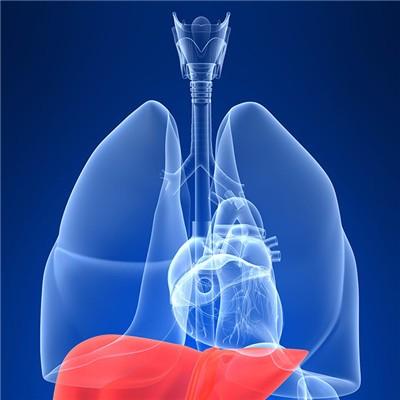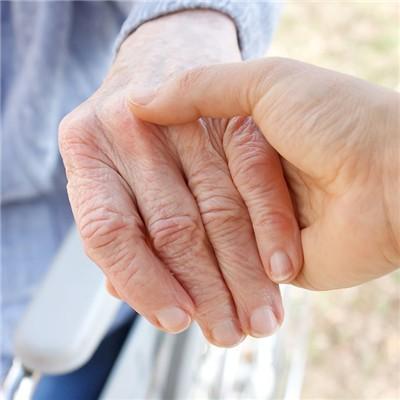What are the initial symptoms of the disease
summary
Early symptoms of AIDS is a topic that everyone is very concerned about at present. Many friends who have high-risk experience can easily think of fever and other symptoms in the direction of AIDS after learning. So what are the early symptoms of AIDS? How are they classified in the current rigorous medical research.
What are the initial symptoms of the disease
First: persistent low fever, fatigue, unexplained laryngitis, sudden weight loss of more than 10%, headache, nausea, muscle and joint pain, night sweats, persistent diarrhea, skin rash. These symptoms usually appear about 2 weeks after HIV infection.
Second: a part of acute infected people have cold like symptoms within 6 days to 6 weeks after HIV infection, such as fever, lymphadenopathy, pharyngitis, rash, myalgia or arthralgia, diarrhea, headache, weight loss, etc., which last for an average of two weeks, and can generally subside without special treatment. Of course, the emergence of these cases does not necessarily mean that they are infected with HIV, because other diseases can also have a similar situation.
Third: after the acute stage, the infected person turns into the asymptomatic infection stage. There were no other clinical symptoms or signs except for a few patients with persistent systemic lymphadenopathy (PGL). PGL refers to the enlargement of at least two non adjacent lymph nodes outside the inguinal lymph nodes, with a diameter of more than 1 cm. Cervical and axillary lymph node enlargement was more common. The period of asymptomatic infection in adults is generally 8-10 years.
matters needing attention
AIDS spreads fast and cannot be cured at present. Antiviral treatment is the key. In 1996, at the 10th International AIDS conference in Vancouver, Chinese American scientist he Dayi published the so-called "cocktail" type of mixed drug therapy. After effective antiviral treatment, the quality of life of AIDS patients was significantly improved, the hospitalization rate was significantly reduced, and most of the infected people could return to work.













